South Asia's greater integration in Asia
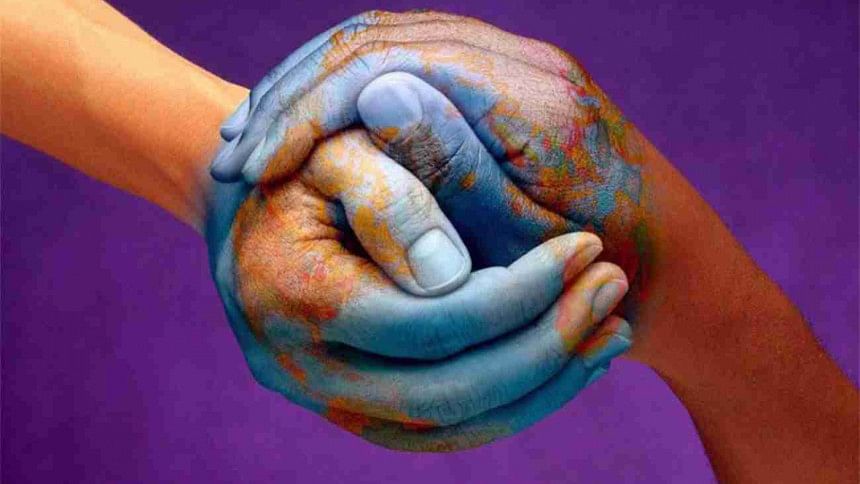
The regional integration and cooperation initiative in South Asia started with the formation of the South Asian Association for Regional Cooperation (SAARC) in 1985. SAARC includes Afghanistan, Bangladesh, Bhutan, India, Nepal, the Maldives, Pakistan and Sri Lanka.
SAARC countries signed the SAPTA (SAARC Preferential Trading Arrangement) in April 1993 which came into force in December 1995, with the aim of promoting intraregional trade and economic cooperation within the SAARC region through the exchange of concessions. SAPTA was replaced by the South Asian Free Trade Area (SAFTA) in January 2006, designed to more proactively promote and facilitate intraregional trade among the SAARC members. Besides SAFTA there are three bilateral free trade agreements (FTAs) in South Asia, which are India-Sri Lanka bilateral FTA, India-Bhutan bilateral FTA, and Pakistan-Sri Lanka bilateral FTA. Furthermore, the Bangladesh-Bhutan-India-Nepal (BBIN) is an initiative for a sub-regional cooperation.
But despite these, South Asia is one of the least integrated regions in the world. The proportion of "within South Asia trade" in the region's global trade hovers around the five percent mark.
There are a number of challenges and tasks ahead for greater integration in South Asia. The presence of the long "sensitive lists", non-tariff barriers (NTBs), lack of trade facilitation and political relations between countries appear to be major barriers to intraregional trade in South Asia. Furthermore, though liberalisation of the services trade is a critical economic agenda, there has not been much progress on the South Asian Agreement on Trade in Services (SATIS) after it was signed in 2010.
Also, South Asia remains one of the lowest recipients of Foreign Direct Investment (FDI) among the developing regions, with around 90 percent of the FDI inflow in South Asia destined to India. Like trade, intraregional FDI in South Asia comprises only less than five percent of the total FDI flow and India is the dominant investor within the region.
From a non-Indian and economic perspective, there are concerns that a clear and visible leadership from India is yet to be seen to move the regional integration agenda forward in South Asia.
Despite the aforementioned "pessimistic" scenarios, there are aspirations for greater regional integration in South Asia. Also, countries in South Asia aim for expanding integration with the rest of Asia, especially with the East and Southeast Asian countries.
The initiative which created the opportunity for the majority of the South Asian countries (Bangladesh, Bhutan, India, Nepal, and Sri Lanka) to integrate with two Southeast Asian countries (Thailand and Myanmar) is the Bay of Bengal Initiative for Multi-Sectoral Technical and Economic Cooperation (BIMSTEC) which was initiated in June 1997. However, even after 20 years of existence, the achievements under the BIMSTEC have been rather minimal.
India also has bilateral FTA with the ten member states of the Association of Southeast Asian Nations (ASEAN), which came into effect in January 2010. Furthermore, under China's Belt and Road Initiative (BRI), the Bangladesh-China-India-Myanmar economic corridor (BCIMEC) paves the way for greater economic and trade integration between two economic giants in Asia, namely China and India. BCIMEC also provides an opportunity for Bangladesh to exploit huge potential benefits from such economic and trade integration. However, BCIMEC has not yet been launched due to the political tension between India and China. The China-Pakistan economic corridor (CPEC) has however been at the most advanced stage among all the BRI initiates. Yet, being a bilateral economic corridor, CPEC has not been able to draw interest from other neighbouring countries.
The most comprehensive regional integration initiative in Asia so far has been the Regional Comprehensive Economic Partnership (RCEP) which is a proposed FTA between the ten member states of the ASEAN and the six states with which ASEAN has existing FTAs (Australia, China, India, Japan, South Korea and New Zealand). RCEP is one of the proposed mega trading blocs of recent times. RCEP negotiations were formally launched in November 2012 and until now 18 rounds of negotiations have taken place. RCEP represents 45 percent of the world's population, accounts for about 40 percent of the world's GDP, and makes up around 30 percent of world trade.
As the sole party from South Asia, RCEP has created significant opportunities for India to integrate with the advanced economies in Asia and the Pacific and to participate further in the global value chains. It is believed that RCEP can help reduce the overlaps among Asian FTAs, rationalise rules of origin, and promote FDI flows and technology transfers by multinational corporations.
However, RCEP has led to some important implications for the other South Asian countries. There are concerns that the RCEP will lead to the escalation of bars in standards and trade governance which might work as significant non-tariff barriers for the South Asian countries, especially for the LDCs, while exporting to the RCEP countries. Therefore, there is a need for strong efforts to improve the quality of trade infrastructures, capacities, and institutions in these countries.
There are also risks for other South Asian countries with respect to the potential loss of market access from the erosion of trade preferences. Simulations using the global general equilibrium model (the GTAP model) suggest that the RCEP FTA would lead to gains, in terms of the rise in real GDP, for all RCEP member countries, and for India, it would be 0.73 percent.
In contrast, all other South Asian countries would experience fall in real GDP, and the major affected countries would be Nepal and Bangladesh as these two countries enjoy the largest trade preferences both in India and China. A hypothetical "extended RCEP" scenario, where all other South Asian countries could join the RCEP FTA, would lead to gains for all South Asian countries, and India's gain would become larger than what would be observed under the RCEP. Therefore, other South Asian countries should negotiate for their participation in the RCEP. The "extended RCEP" scenario would certainly lead to the meaningful integration of South Asia, East Asia, Southeast Asia and the Pacific.
Selim Raihan is Professor, Department of Economics, University of Dhaka, Bangladesh, and Executive Director, South Asian Network on Economic Modeling (SANEM).
E-mail: [email protected]



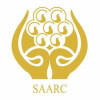
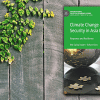
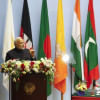



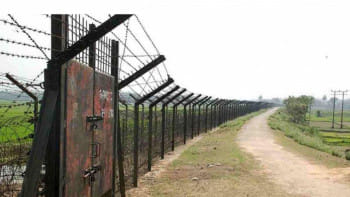
Comments